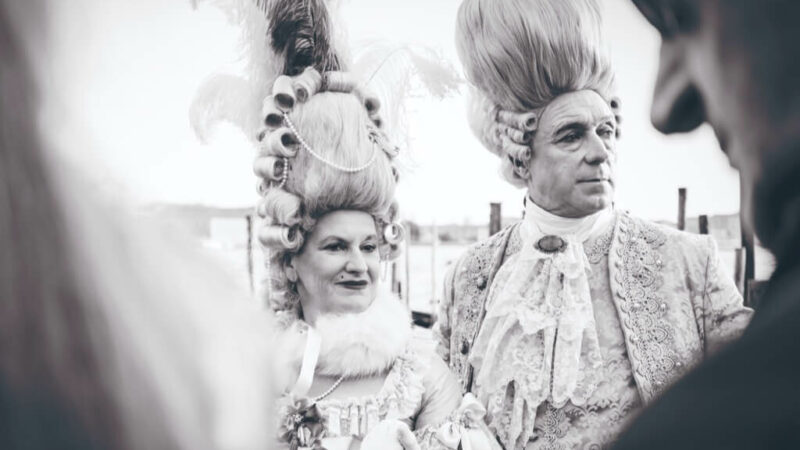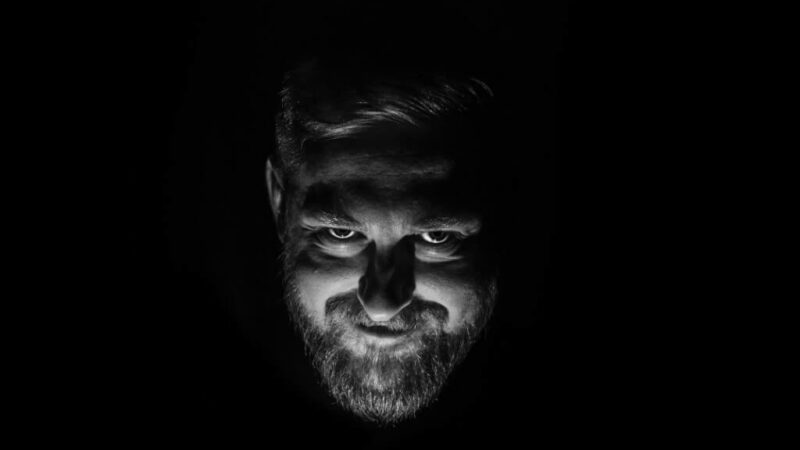Coca-Cola’s Bold Move Against Pepsi

The rivalry between PepsiCo and Coca-Cola, two behemoths of the soft drink industry, has been a defining element of the soda market for decades. Originating in the late 19th century, this competition escalated significantly during the 1980s, known as the great Cola Wars. Coca-Cola, dating back to 1886, had long been the dominant force in the market. In contrast, Pepsi, which evolved from “Brad’s Drink” in 1898, initially struggled but gained significant ground with marketing strategies like the “Pepsi Challenge” in 1975.
In the early ’90s, a trend known as the “Clear Craze” swept through various product categories. Companies, including PepsiCo, sought to capitalize on this trend. David Novak, then COO of PepsiCo, spearheaded the development of Crystal Pepsi in 1992, envisioning a clear cola that would resonate with consumers’ growing preference for products perceived as “pure” and “clean.” This venture was an attempt to rejuvenate plateauing sales of classic Pepsi by offering a product that aligned with the clear and decaffeinated beverage trend of that time.
The creation of Crystal Pepsi was entrusted to Dr. Surinder Kumar, a renowned food scientist also known for developing the Nacho Cheese Doritos flavor. Tasked with creating a clear cola that mirrored the taste of traditional Pepsi, Dr. Kumar faced the significant challenge of finding suitable substitutes for the caramel coloring and other ingredients that gave Pepsi its iconic color and flavor. Despite these challenges, he succeeded in developing a formula that closely resembled the classic Pepsi taste, although it never quite hit the mark.
Despite its innovative concept, Crystal Pepsi was marketed as a healthier and more natural alternative to regular colas. This marketing strategy, however, was misleading as Crystal Pepsi contained high fructose corn syrup and was not significantly healthier than its colored counterparts. The disconnect between its marketing and reality played a part in its decline. Additionally, the novelty of a clear cola may have been too extreme for consumers, leading to discomfort and apprehension due to the ingrained association of cola with a caramel color.
The launch and subsequent failure of Crystal Pepsi were not just business events but also cultural moments. The product was promoted through a Super Bowl commercial featuring Van Halen’s “Right Now,” despite the band’s reluctance about the use of their song. This commercial and the product itself were later parodied by “Saturday Night Live,” illustrating Crystal Pepsi’s significant but mixed impact on popular culture.
In response to Crystal Pepsi’s introduction and its early success, Coca-Cola devised a strategic countermove with the launch of Tab Clear. This was a calculated effort to saturate the market with a clear cola product expected to fail, thereby undermining Crystal Pepsi. Coca-Cola’s intention was not to succeed with Tab Clear, but to create confusion and dilute Crystal Pepsi’s market share, a tactic that ultimately contributed to Crystal Pepsi’s downfall.
Despite its initial failure, Crystal Pepsi has seen a resurgence due to ’90s nostalgia and fan campaigns. Spearheaded by individuals like Kevin Strahle, also known as L.A. Beast, these efforts led to multiple re-releases of Crystal Pepsi, proving that while it may have been a product ahead of its time, it left a lasting impact on its audience.
The Clear Craze of the Early ’90s
The early 1990s witnessed a peculiar trend in consumer products known as the “Clear Craze,” where transparency was equated with purity. Many companies, including PepsiCo with its Crystal Pepsi, jumped on this bandwagon, leveraging the trend to promote a sense of wellness in their products.
Crystal Pepsi initially saw positive feedback in trials in cities like Denver and Dallas in early 1992. PepsiCo’s aggressive marketing, including a costly Super Bowl ad and a broader campaign, reflected their confidence in the product’s potential.
Consumer Psychology and Rejection of Crystal Pepsi
The product’s failure was partly attributed to basic human psychology. Consumers associated clear sodas with citrus flavors, not cola, leading them to revert to the original brown Pepsi. This indicated a deeply ingrained preference for traditional cola appearance and taste.
The Launch of Tab Clear by Coca-Cola
In response to Crystal Pepsi, Coca-Cola launched Tab Clear in December 1992. Despite public statements predicting its success, Coca-Cola’s executives, including Sergio Zyman, intended for Tab Clear to fail, aiming to undermine Crystal Pepsi.
The early 1990s saw a shift in beverage manufacturers’ focus to clear drinks. Crystal Pepsi, a transparent version of the standard Pepsi but without caffeine, represented this trend and threatened Coca-Cola’s market share.
Sergio Zyman, a former Pepsi executive who defected to Coca-Cola, played a crucial role in developing the strategy against Crystal Pepsi. He aimed to use Tab Clear, a product that had become an afterthought in Coca-Cola’s portfolio, as a sacrificial pawn in this corporate chess game.
Zyman conceived Tab Clear as a “kamikaze effort,” expecting it to fail. The strategy was to position Tab Clear and Crystal Pepsi close together on store shelves, leading consumers to associate Crystal Pepsi with a diet drink – an undesirable trait at the time.
Minimal Marketing for Tab Clear
Coca-Cola’s marketing for Tab Clear was deliberately minimal. The company aimed to reposition Crystal Pepsi from a trendy new drink to one with an identity crisis, capitalizing on the public’s ambiguous perception of clear colas.
The Market Impact and Decline of Both Products
By the end of 1993, Zyman’s strategy had taken effect. Crystal Pepsi captured only a small fraction of the market share it aimed for, and both Tab Clear and Crystal Pepsi were phased out. Coca-Cola considered this a successful operation, despite the failure of Tab Clear, as it dragged down its rival with it.
The Historical Context of Clear Colas
Interestingly, the concept of clear cola wasn’t entirely novel. In the 1940s, Coca-Cola had produced a clear version of their drink for Soviet leader Georgy Zhukov, to allow him to enjoy the beverage without being accused of indulging in a capitalist product.
These facts reveal the intricate strategies and psychological nuances involved in one of the most notorious episodes of the Cola Wars. They not only highlight the lengths to which companies will go to maintain market dominance but also reflect the complex relationship between product innovation, marketing strategies, and consumer psychology.
As we look back on this unique chapter in the soft drink industry, it becomes clear that the launch of Tab Clear was more than just a product release; it was a strategic play in the ongoing battle for market supremacy. This incident underscores the complex dynamics of competition where success is not only measured by one’s achievements but also by the ability to disrupt a rival’s plans. Coca-Cola’s approach, while seemingly counterintuitive, reflects a deeper understanding of market forces and consumer behavior, offering valuable insights into the art of strategic planning and competitive positioning in business.



